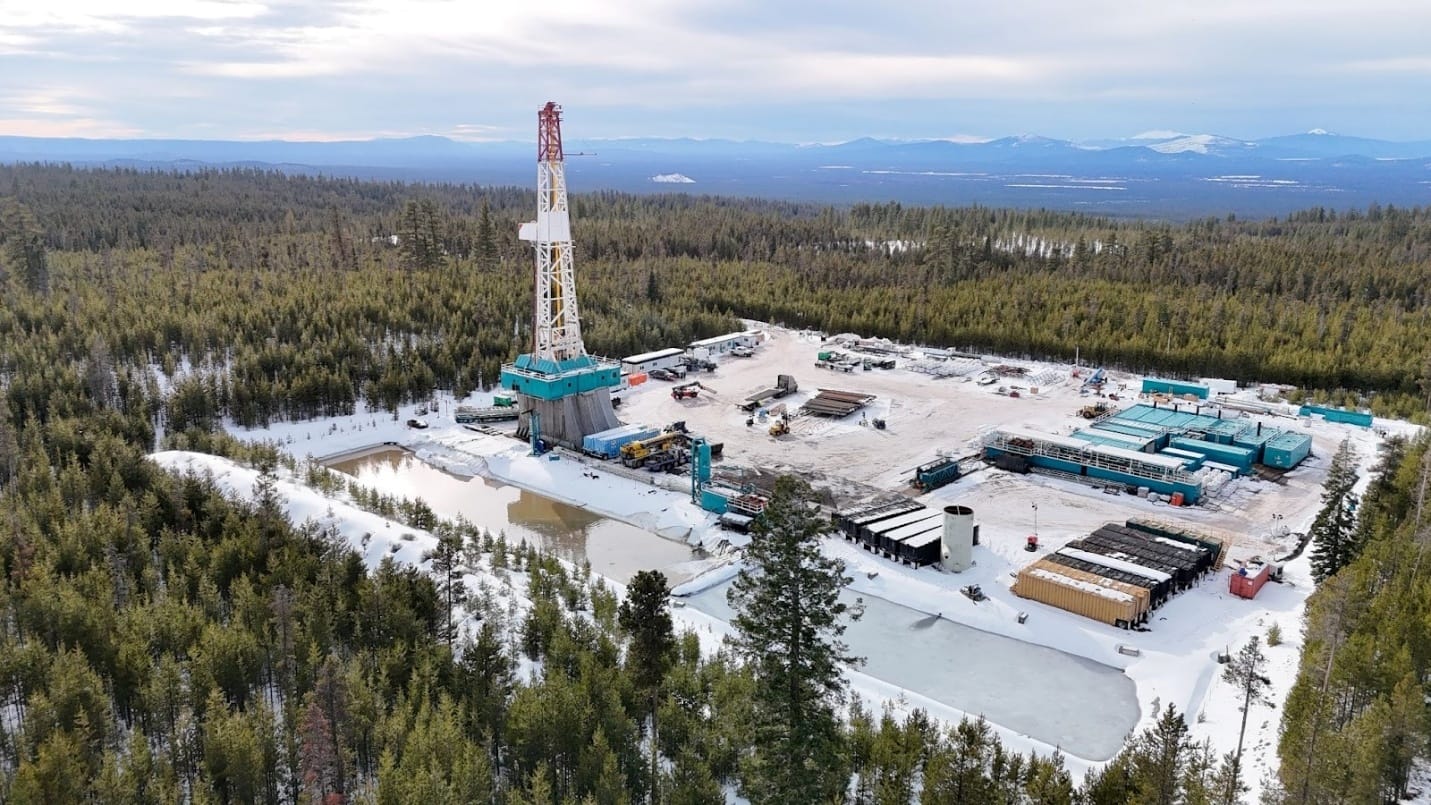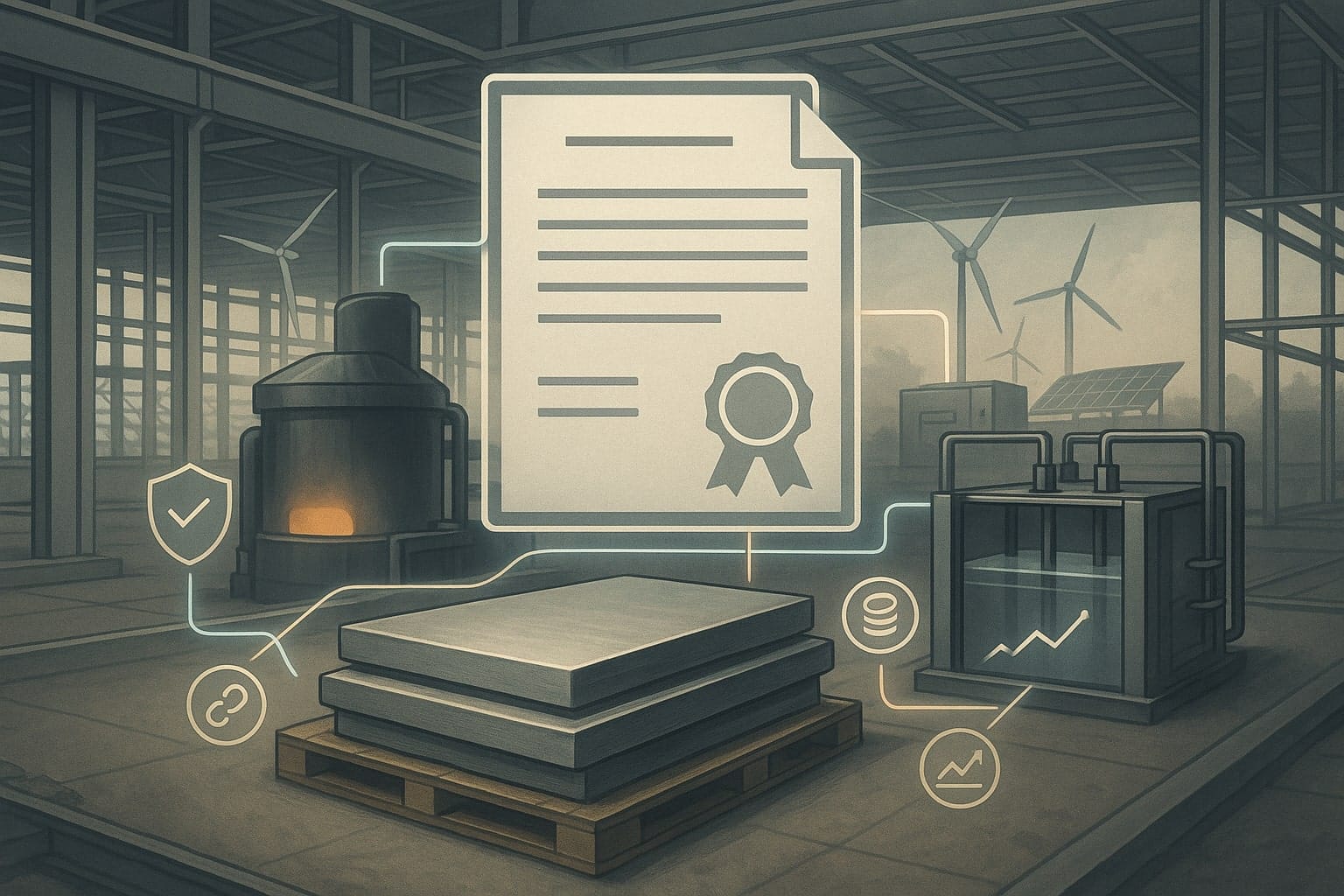Aramco Ventures, the venture capital arm of Saudi Aramco, has led a $30 million Series A funding round for U.S.-based climate tech company Spiritus. This investment, alongside contributions from Khosla Ventures, Mitsubishi Heavy Industries America, and TDK Ventures, aims to propel Spiritus’s Direct Air Capture (DAC) technology, an innovation that could significantly reduce the cost of removing carbon dioxide (CO₂) from the atmosphere.
This funding comes at a crucial time as nations and industries seek scalable and cost-effective solutions to combat climate change. The Intergovernmental Panel on Climate Change (IPCC) has stressed the need for negative emissions technologies like DAC to achieve global net-zero targets. Spiritus’s groundbreaking approach could help advance efforts toward carbon neutrality, particularly in hard-to-abate sectors such as heavy industry, aviation, and shipping, where decarbonization remains a significant challenge.
Table of Contents
ToggleBackground on Spiritus
Founded by experts in chemical engineering and climate technology, Spiritus is pioneering a novel DAC approach aimed at dramatically lowering the cost of CO₂ removal. Currently, DAC technology remains prohibitively expensive, with costs averaging around $600 to $1,000 per ton of CO₂ captured. Spiritus’s proprietary “Carbon Orchard” system aspires to cut this to just $100 per ton—a price point that could make DAC a financially viable solution for widespread adoption.
Key innovations in Spiritus’s approach include:
- Passive Air Contacting: Unlike conventional DAC systems that rely on energy-intensive fans to pull air through capture units, Spiritus’s design passively collects atmospheric CO₂. This significantly reduces energy consumption and operating costs.
- Advanced Sorbent Technology: The company has developed a unique sorbent material designed for higher efficiency in CO₂ capture and release. This sorbent allows for more CO₂ to be captured per unit of material compared to traditional methods.
- Low-Temperature Desorption Process: Spiritus’s method enables CO₂ to be extracted using lower temperatures than traditional systems, making it more energy-efficient and compatible with renewable energy sources such as geothermal and waste heat from industrial processes.
The company is positioning itself as a key player in the emerging carbon removal industry, which is expected to grow significantly over the next decade. According to BloombergNEF, the DAC sector could attract billions in investment as corporations and governments increasingly commit to net-zero targets.
Details of the Investment
The Series A funding will accelerate Spiritus’s efforts in scaling up its technology. The company has two significant projects underway:
- New Mexico Pilot Facility: This 1,000-ton DAC site is designed to demonstrate the feasibility of Spiritus’s technology on an industrial scale. The facility is expected to be operational in the coming months and will serve as a testing ground for further refining the Carbon Orchard approach.
- Orchard One in Wyoming: A full-scale Carbon Orchard facility capable of sequestering 2 million tons of CO₂ annually, making it one of the highest-capacity single-site DAC and sequestration projects in the U.S. This project is part of the U.S. Department of Energy’s DAC Hubs Initiative, which aims to support large-scale carbon removal projects through public-private partnerships.
This funding round underscores investor confidence in Spiritus’s potential to transform the DAC industry and make large-scale carbon removal viable.

Aramco Ventures’ Strategic Interests
Saudi Aramco has been actively investing in emerging clean energy technologies, seeking to balance its traditional oil and gas operations with sustainable initiatives. Aramco Ventures’ participation in Spiritus’s funding round reflects its broader strategy to support decarbonization technologies, particularly those that could complement Saudi Arabia’s Vision 2030, which includes ambitious sustainability and carbon neutrality goals.
Bruce Niven, Executive Managing Director of Strategic Venturing at Aramco Ventures, emphasized the importance of DAC in decarbonizing sectors that lack feasible alternatives. He noted that Spiritus’s approach has the potential to make DAC more cost-effective, increasing its impact at scale.
Additionally, Saudi Aramco’s involvement signals growing interest from major energy corporations in the carbon management sector. The oil giant has previously backed other climate tech initiatives, including investments in carbon capture utilization and storage (CCUS) and hydrogen production technologies.
The DAC Landscape
The DAC sector has gained significant traction in recent years, with multiple companies competing to bring costs down and scale operations.
Other notable developments in the industry include:
- Climeworks’ Expansion: The Swiss-based DAC pioneer has secured a deal with Morgan Stanley to remove 40,000 tons of CO₂ by 2037 and is planning a major DAC hub in Louisiana.
- Google & Holocene Partnership: In 2024, Google announced a partnership with Holocene to capture CO₂ at $100 per ton, aiming to sequester 100,000 tons by 2032.
- Breakthrough Energy Catalyst’s Investment: Bill Gates-backed Breakthrough Energy Catalyst committed $40 million to Deep Sky, a Quebec-based carbon removal firm, highlighting growing investor interest in DAC solutions.
Implications for the Climate Tech Industry
The growing investment in DAC signals confidence in its potential role in global decarbonization efforts. If Spiritus achieves its goal of reducing DAC costs to $100 per ton, it could significantly accelerate the adoption of carbon removal technologies worldwide.
For companies and governments aiming to meet net-zero targets, DAC offers a viable solution to address residual emissions that cannot be eliminated through energy transition alone. However, industry experts caution that success will depend on continued innovation, supportive policies, and integration with renewable energy sources.
Challenges and Considerations
Despite its promise, DAC technology faces several hurdles:
- Energy Consumption: DAC remains energy-intensive, and its climate benefits hinge on using low-carbon energy sources.
- Infrastructure Needs: Large-scale DAC deployment requires significant investments in sequestration infrastructure and regulatory support.
- Market Viability: Long-term commercial success will depend on sustained policy incentives, carbon pricing mechanisms, and corporate buy-in.
Conclusion
Aramco Ventures’ investment in Spiritus marks a pivotal moment in the evolution of DAC technology. If Spiritus succeeds in lowering carbon capture costs, it could unlock a new era of large-scale, cost-effective carbon removal solutions. This investment also underscores the growing role of energy giants in climate tech innovation, bridging the gap between traditional fossil fuel industries and the emerging carbon management sector.
As DAC technology advances, its role in global decarbonization strategies will become increasingly critical, offering a tangible path toward mitigating climate change while maintaining industrial growth.












